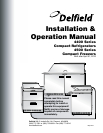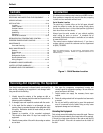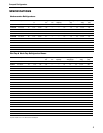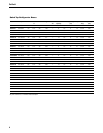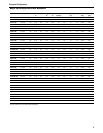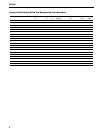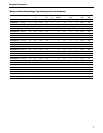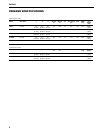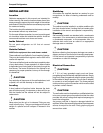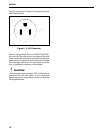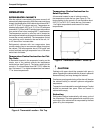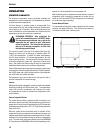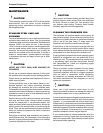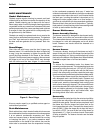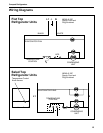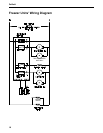
9
Compact Refrigerators
INSTALLATION
Location
Cabinets represented in this manual are intended for
indoor use only. Be sure the location chosen has a floor
strong enough to support the total weight of the cabinet
and contents. Reinforce the floor as necessary to provide
for maximum loading.
The location should be selected so that power cords can
be connected without any extensions.
For the most efficient operation, be sure to provide good
air circulation inside and outside the cabinet. Avoid hot
corners and locations near stoves and ovens.
Inside Cabinet
Do not pack refrigerator so full that air cannot
circulate.
Outside Cabinet
4400 Series equipment door and drawer models
These cabinets have Delfield’s “front-breathing” design.
They may be installed flush against a wall or built into a
counter as required.
The louver at the floor level must be kept completely clear
of any obstructions. Proper operation of these models
is dependent on air being able to flow freely through the
front louver. The louver at the back of the cabinet is not
necessary for proper operation, but any air flow through
it is beneficial.
CAUTION
Any restriction of the proper air flow outlined above, total
or partial, will void the warranty on the cabinet.
Leveling
A level cabinet will perform better because the drain
pan will drain properly, the drawers or doors will line up
with the frames and the cabinet will not be subject to
undue strain.
CAUTION
Never stand on the unit or its drawers! Doing so may
result in bodily injury. They are not designed to hold the
weight of a person and will collapse if misused in this
manner.
Stabilizing
All models are supplied standard on casters for your
convenience, for ease of cleaning underneath and for
mobility.
CAUTION
The cabinet must be installed in a stable condition with
the front wheels locked. Locking the front casters after
installation is the owner’s and operator’s responsibility.
Plumbing
Self-contained models are standard with a condensate
evaporator. If, for some reason, a cabinet does not have
a condensate evaporator, or the evaporator fails, the
cabinets drain must have an outlet to an appropriate
drainage area or container.
CAUTION
Moisture collecting from improper drainage can create a
slippery surface on the floor and a hazard to employees.
It is the owner’s and operator’s responsibility to provide
a container or outlet for drainage.
Electrical Connection
CAUTION
A 7’ (2.1 m) long grounded supply cord and three-
pronged plug are provided with standard cabinets. Simply
plug into a three-pronged wall outlet for proper grounding
of the cabinet to begin operation. Do not use an adapter
to connect to a two-pronged outlet. The three-pronged
outlet provides a ground connection which must be used
to prevent a shock hazard.
CAUTION
The wall outlet must be checked by a qualified electrician
to be sure a proper ground is present and that the outlet
provides the correct voltage and required amperage to
match the rating plate.
Any power cord that is frayed or damaged should be
replaced. When disconnecting the cabinet from the power
source, do not pull on the cord. Firmly grip the plug and
remove from outlet.



